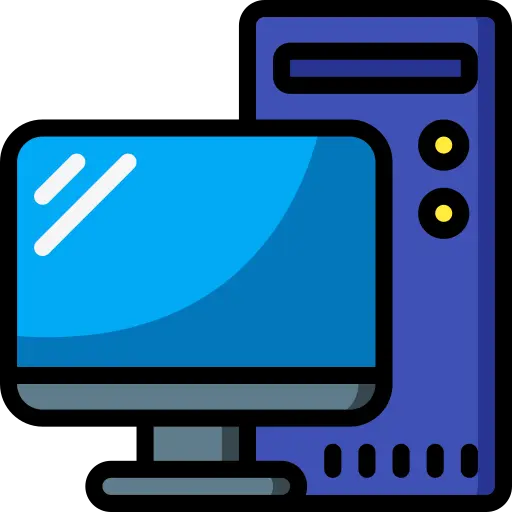I’m thinking of expanding my homelab to support running some paid SaaS projects out of my house, and so I need to start thinking about uptime guarantees.
I want to set up a cluster where every service lives on at least two machines, so that no single machine dying can take a service down. The problem is the reverse proxy: the router still has to point port 443 at a single fixed IP address running Caddy, and that machine will always be a single point of failure. How would I go about running two or more reverse proxy servers with failover?
I’m guessing the answer has something to do with the router, and possibly getting a more advanced router or running an actual OS on the router that can handle failover. But at that point the router is a single point of failure! And yes, that’s unavoidable… but I’m reasonably confident that the unmodified commodity router I’ve used for years is unlikely to spontaneously die, whereas I’ve had very bad luck with cheap fanless and single-board computers, so anything I buy to use as an advanced router is just a new SPOF and I might as well have used it for the reverse proxy.


The cloud is cheaper hosting things like websites that need HA. However if you are doing big compute or storing lots of data it will not be cheaper.
If you’re doing actual big compute its cheaper in the cloud. Considerably. It’s also very easy and cheap to store lots of data. You will never be able to compete with their price for storage so I have no idea why you think that would be true.
It is very much not cheaper in the cloud assuming you already have a on prem data center. The hardware stays mostly loaded and unlike the cloud we don’t pay for usage.